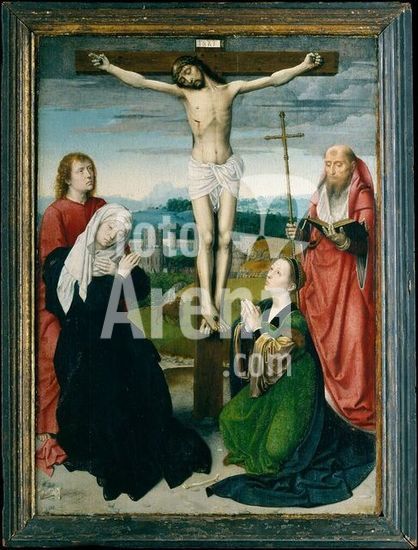
51996393
Annual National March Against Racism, organized by the Stop The Hate Coalition, SWP, and Stand Up To Racism, the march will commence at the Home Office and conclude at Trafalgar Square. After the march some of the biggest DJs in Britain will headline House Against Hate, a rave outside Downing Street, with Jeremy Corbyn and line-up of acts including The Blessed Madonna, Yazmin Lacey and Hot Chip. Photo Credit: Joao Daniel Pereira/ Sipa USA/ Fotoarena
DC
























































































































































